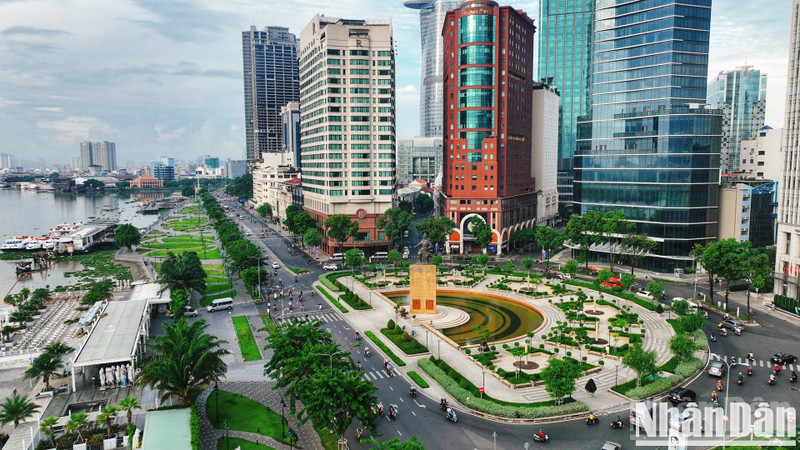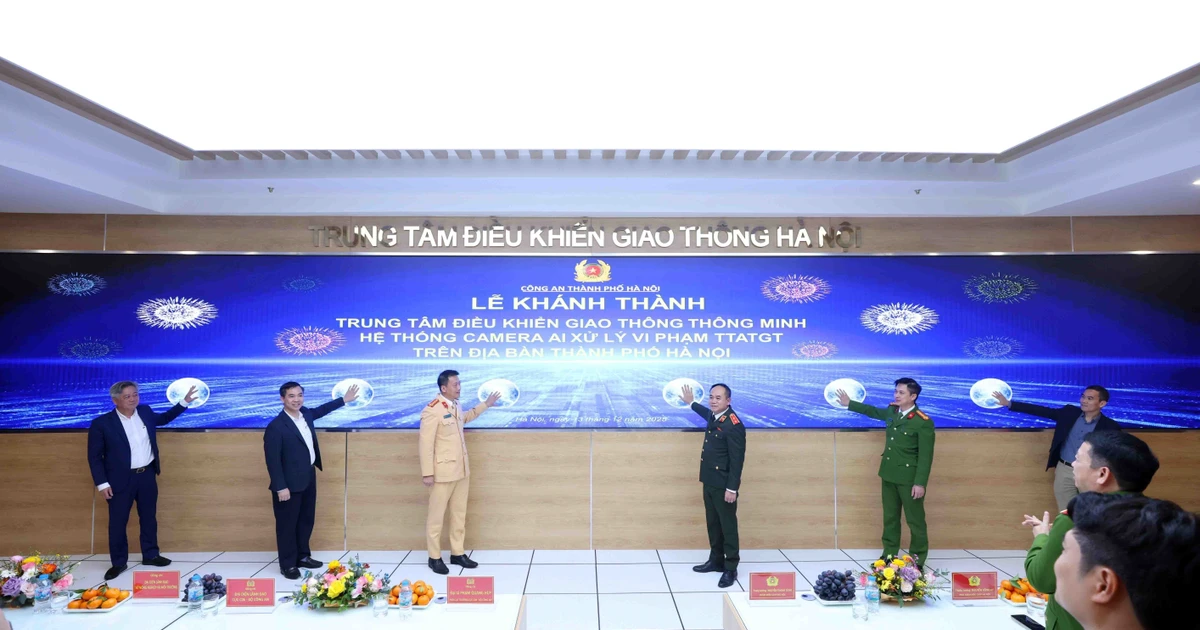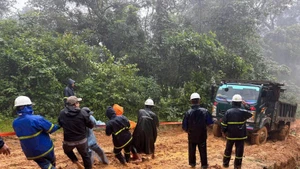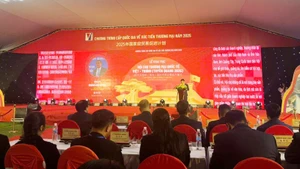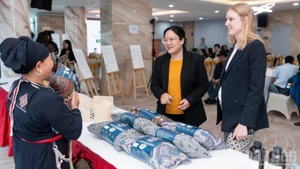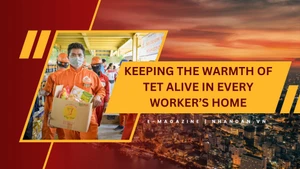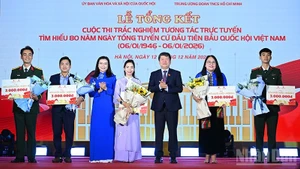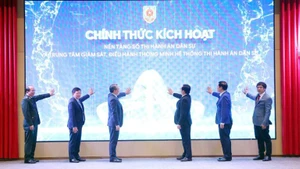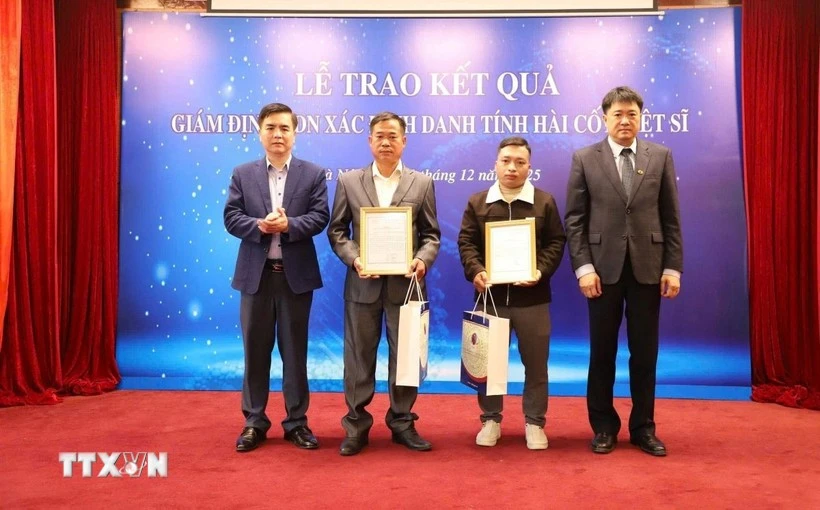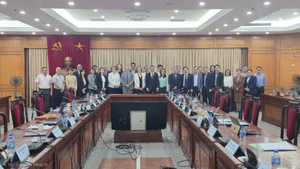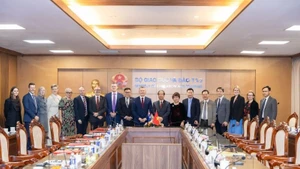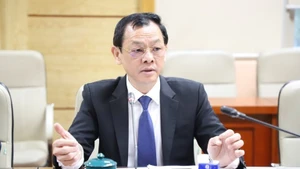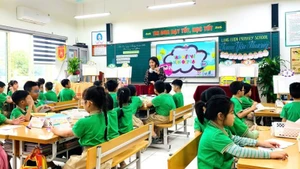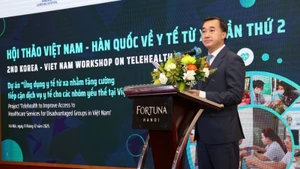Half a century has passed, yet for those who witnessed that historic moment, memories remain vividly intact. Amid countless reunions, immense losses and sacrifices in an unequal war, and years of national division, what shines through is the joy of an entire people living in a unified, independent, and peaceful country. The words of General Secretary Le Duan upon arriving at Tan Son Nhat Airport still echo with emotion: the 1975 Spring victory was a triumph for the entire nation, not just any individual group.
The resistance war against foreign aggressors, under the leadership of the Party, was truly a people's war. Even in Saigon, the Party’s activities would not have been possible without the shelter and support of the people.
To reach the day of national reunification, many sectors of society—including intellectuals, capitalists, religious dignitaries, and even high-ranking officers of the former Saigon regime—formed various organisations and movements. These contributed to the common victory of the nation and helped preserve Saigon almost entirely intact.
The decade following liberation was marked by hardship: food shortages, unemployment, a lack of raw materials for production, international embargoes, border wars at both ends of the country, and an outdated, centralised, bureaucratic economic system. It was the strength of patriotism, the spirit of unity, revolutionary fervour, and belief in the future that enabled the city to persevere.
Through resilience, dynamism, and creativity, the city devised innovative models from real-life experiences to overcome crises. These included practices that diverged from official mechanisms and regulations—a bold spirit of “breaking barriers” and “opening up” in production, distribution, and the development of a multi-sector economy. These effective, ground-level initiatives eventually persuaded the central government and laid the foundation for the Party’s Doi Moi (Renovation) policy and the establishment of a socialist-oriented market economy.
After liberation, while some chose to emigrate due to various circumstances, others who had the opportunity to leave opted to stay and voluntarily contribute to the country. Numerous economic experts joined the “Friday Group,” offering counsel to city leaders on resolving policy challenges related to pricing, wages, and currency, as well as organising financial, banking, and export-import activities despite being under embargo.
Many professors and doctors chose to stay because the country needed them, and so did the patients. Their efforts not only contributed to the success of the historic Viet-Duc surgery but also advanced medical achievements such as in vitro fertilisation, organ transplants, and other breakthroughs in the healthcare sector and beyond. Meanwhile, young people, regardless of their background, volunteered to join youth brigades, working on construction sites and border fronts, maturing through their dedication across all areas.
After forty years of reform, Ho Chi Minh City has firmly asserted its role as the country’s economic locomotive, growing in scale, productivity, foreign investment attraction, and its vital contributions to the national budget, with periods of over 10% growth. The city has made significant strides in economic, cultural, social development, security and defence, as well as urban planning and enhancing the quality of life for its citizens.
The city's rise is a result of unified goals, the liberation of resources, the unlocking of potential for development, and the rallying of people’s hearts. Many who once left have returned. The contributions of overseas Vietnamese to the city are enormous—not just in terms of foreign currency, which has reached up to 10 billion USD in some years, surpassing foreign direct investment—but also in intellectual capital, expertise, and global connections.
Despite differences in thought and method, love for the country and the city remains unwavering—a profound, enduring bond that grows stronger with time. Reality has shown that we can have solid faith that this nation and this city still nurture leaders who listen to constructive criticism and open their hearts to the deepest sentiments of the people.
The city proudly has golden-generation leaders such as Nguyen Van Linh, Vo Van Kiet, Mai Chi Tho, and Vo Tran Chi—visionaries who dared to listen and make bold decisions for the greater good. They earned public trust and rallied resources for development. These were leaders who thought big, acted boldly, stood on the shoulders of giants, and left lasting legacies that glorified the city. The continued emergence of such dedicated leaders, driven by the aspiration to elevate the city and the nation, will earn the people's trust and unite diverse perspectives toward common goals.
Even in a world full of unpredictable changes, and despite the tough challenges facing Ho Chi Minh City, both its leadership and its people remain confident that they will overcome adversity, affirming their resilience and resolve through the power of unity and collective effort.
Looking ahead, the Party organisation, government, and people of Ho Chi Minh City will strive to fulfil the goals and tasks set for 2025 and the 11th Party Congress of the city, creating a foundation for acceleration and further development. With its rich traditions, pride in bearing President Ho Chi Minh’s name, and the honour of receiving the title of Hero three times, the city’s Party organisation, government, and people will steadfastly maintain their pioneering role in realising the nation's ambitious aspirations in this new era of the nation’s rise.
The city's hard power is indisputable, but its soft power is equally powerful, rooted in its tradition of resilience, dynamism, creativity, and heartfelt compassion, all shaped by the Ho Chi Minh culture.
The belief in transformative change for national development continues to inspire and propel the nation forward with an unshakable, miraculous strength.
From the depths of our hearts, we forever honour those who gave their lives for our independence and freedom. We are eternally grateful to those who contributed to the nation’s revival and development, and to our international friends who stood in solidarity with Vietnam. The grand celebration taking place today in Ho Chi Minh City stands as a testament to Vietnam’s strength and its mission to preserve peace and elevate the nation to new heights.
